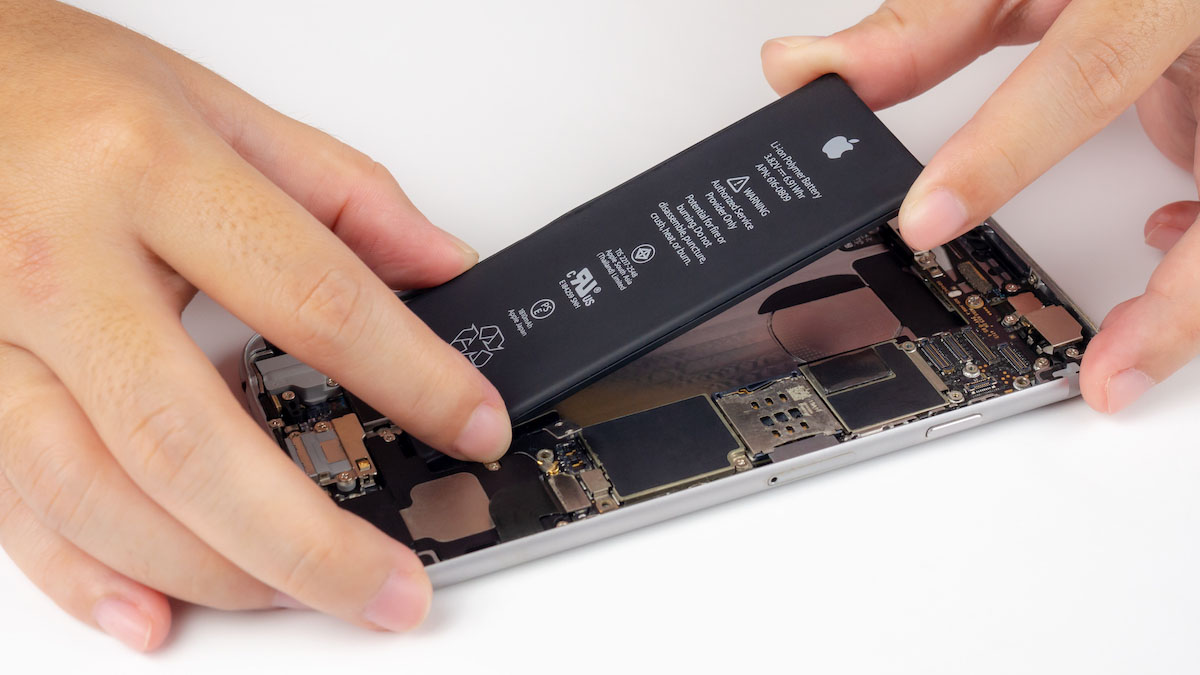
A new report from The Information claims Apple is redesigning iPhone batteries to make them easier to replace. The move comes in response to European Union regulations that require smartphone manufacturers to make batteries easily replaceable by owners by 2025.
Apple has been leaning into consumer self-repair for a couple of years now. People who own iPhones can order parts and tools to replace parts of the phone, including the screen and cameras.
The battery is currently challenging to replace in the iPhone 15. It requires special tools, including a "battery press," which is a specialized machine. It's also adhered to the phone with adhesive strips that must be carefully removed with tweezers. Breaking them requires a solvent to remove.
According to The Information's source, Apple is working to make this process more accessible with new technology and a redesign.
The company is working on a new technology called "electrically induced adhesive debonding." It involves encasing the battery in metal, allowing people to dislodge the battery from the chassis using a small jolt of electricity.
Of course, sources said Apple would recommend users go to repair professionals because of the application of electricity.
Battery replacement with an Apple-preferred technician will cost you $99. Doing it yourself will cost more because you'll also need to buy Apple's repair tool kit, which costs $50.
It's assumed that Apple is trying to get ahead of EU regulations, especially since the company was recently the first to be charged under the government's new pro-competition law.
However, the redesign that The Information spoke of may be to introduce stronger batteries that don't require self-repair. The batteries have to meet three criteria to escape the upcoming law. 1. The batteries must retain 83% capacity after 500 full charges and 2. 80% after 1,000 charges.
The phones also need to be water and dust-resistant, rated up to IP67, something the iPhone has had since 2016's iPhone 7. Apparently, the iPhone 15 meets the 1,000 charges requirement, but it's unclear if the current iPhone meets the 500 charges criteria. The iPhone 14 does not meet that requirement.
There have been hints at the redesigned battery. A leak from late last year showed off a metal case for the batteries and claimed a new connector.







